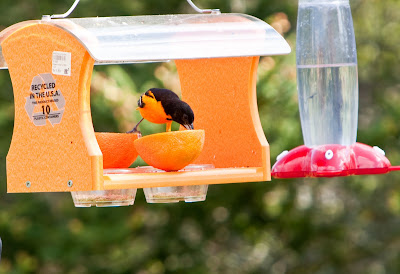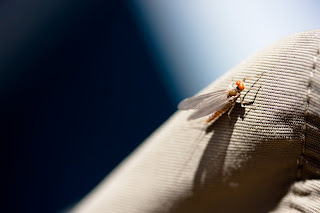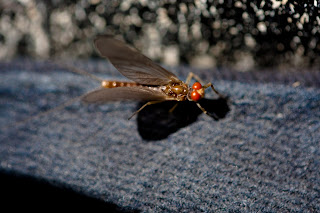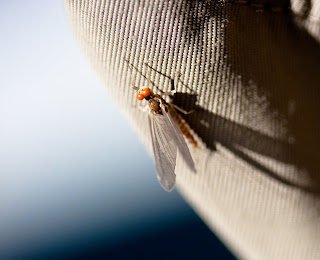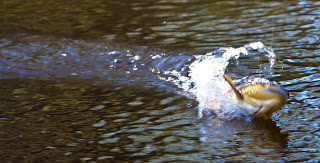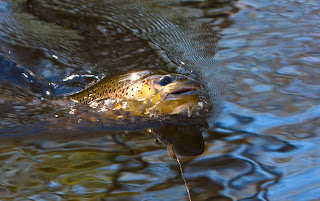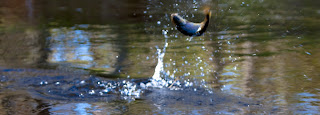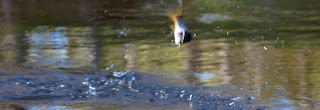Sulphur’s and Brown Trout
/1 Comment/in Uncategorized/by Jon RayStoneflies and Michigan Trout
/5 Comments/in Trout Fishing/by Jon Ray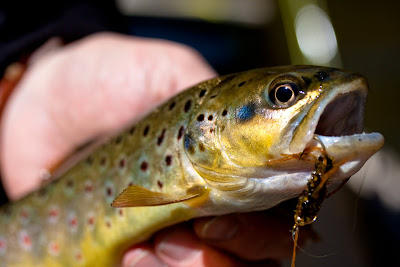 |
| Stoneflies make easy meals for Michigan brown trout |
One of the bugs that I’m falling more and more in love with for Michigan trout is the stone-fly. With so many species of stone-flies in Michigan rivers, trout are very accustom to seeing and feeding on stones. While michigan does not get the notoriety of having a “salmon stone-fly hatch” like some of western rivers. Here in Michigan we do have plenty of stones, and as an angler we need to have a little understanding of the what’s, where’s, and when’s of this big morsel.
One of the biggest misperception of stone-fly nymphs is that they are not very active swimmers. Actually the only stone-fly that curls up in the fetal position is the Pteronarcys. The Pteronarcys is the big boy that we have all read about. But unlike the Pteronarcys all other stone-fly nymphs are great swimmers, their wiggle like swimming motion pulsates them threw the current. Letting them move around and feed and find shelter. Now they do not dart around like sculpins or black nosed dace. But there is no need to dead drift most stone-flies.
Most definitely my favorite stone is the Golden Stones or Paragetina, which run size #6-8, and are very common in the Upper Manistee river. These yellow to olive colored stones can be found in gravel runs, on downed wood, and are found in a variety of water conditions. Making them very easy to target in the nymph or dry fly phase.
Understanding that stones are always in our rivers lets us know that trout are used to feeding on them, but May and June you should really take notice as they stones start to crawl around even more and become active, as it’s time for them to emerge. Stones are crawlers, you will find them on random stumps and logs near river banks. When you don’t see fish rising in early season to Hendrickson’s or Black Caddis don’t be afraid to put on a stone!
 |
| A big meal that is easy to fish |

